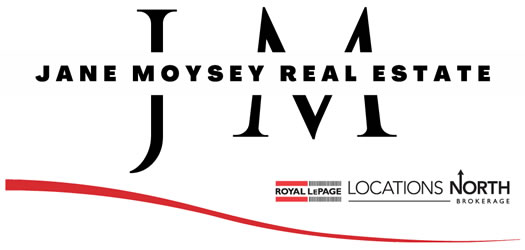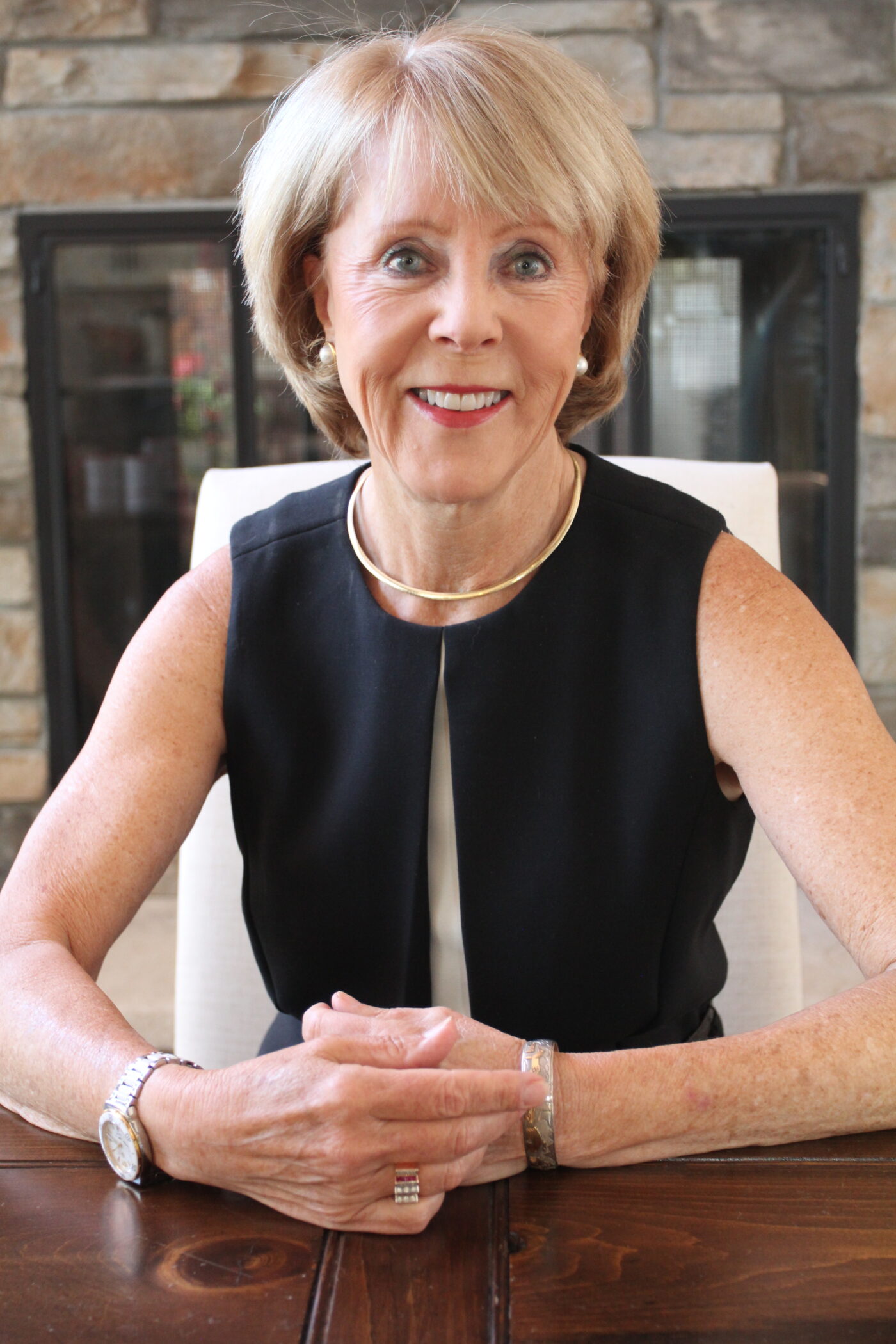Hey, DIY’ers, we can save you time! What real estate info do you want/need? We will get the answers and send it to you STAT!
Sign up for our market reports:
We promise not to flood your inbox.
Things to Consider When Buying a House
Try to buy a home that meets most of your needs for the next 5 to 10 years, or find a home that can grow and change with your needs. Here are some things to consider.
Size
- How many bedrooms do you need?
- How many bathrooms do you need?
- Do you need space for a home office?
- What kind of parking facilities do you need?
- For how many cars?
Special features
- Do you want air conditioning? If so, what type?
- Do you want storage or hobby space?
- Is a fireplace or a swimming pool high on your list?
- Do you have family members with special needs?
- Do you want special features to save energy, enhance indoor air quality, and reduce environmental impact?
Lifestyles and stages
No matter what type of housing you choose, you must have a clear idea of your needs today as well as your possible future needs. These are some examples of questions home buyers might ask:
- Do I need a home office?
- Do I plan to have children?
- Do I have teenagers who will be moving away soon?
- Am I close to retirement?
- Will I need a home that can accommodate different stages of life?
- Do I have an older relative who might come to live with me?
The CMHC worksheet Home Features Checklist can help you think about what you need today, and what you may need in the future.
What Location Should I choose?
Location is a critical factor. A home with everything you need but in the wrong location, is probably not the right home for you. Here are some things to consider about location.
- Do you want to live in a city, a town or in the countryside?
- How easy will it be to get to where you work?
- How much will the commuting cost?
- Where will your children go to school?
- How will they get there?
- Do you need a safe walking area or recreational facility, such as a park, nearby?
- How close would you like to be to family and friends?
What is a Sustainable Neighbourhood?
A sustainable neighbourhood meets your needs while protecting the environment. Homes in a sustainable neighbourhood are located near shops, schools, recreation, work and other daily destinations. This helps reduce driving costs and lets residents enjoy the health benefits of walking and cycling. Land and services, like roads, are used efficiently. Sustainable neighbourhoods also feature a choice of homes that are affordable.
In your search for a sustainable neighbourhood, here are some questions to ask:
Easy transportation
- Are stores, schools, recreation facilities, restaurants, and health services within walking or cycling distance?
- Will your children need to take a bus to school?
- Can they walk to the park?
- Can you do most of your shopping without a car?
- Are there nearby bus stops and cycling lanes?
- How long is the bus ride to work, or school?
- Can you safely bike?
- House size and features Are the homes compact with shared walls to reduce heating costs?
- Are homes reasonably sized with lots requiring less upkeep?
- Are there different dwelling types (such as single-detached, semi-detached, townhouse and apartments) in the neighbourhood?
- Are the lots modestly sized?
- Roadways narrow?
- Driveways/parking areas small?
- Do natural drain ways lead to streams or park lands?
- Is there native vegetation and streams with woodland edges?
“Look and feel”
- Do the buildings have a friendly face to the street?
- Are the community centres, shops and meeting places welcoming?
- Are there trees lining the street?
- Do you find the homes interesting to look at?
- Do the building sizes feel comfortable to you?
- Are the roads easy to walk along or cross?
- Safety Do the homes have “eyes on the street”? (In other words, are there people around who might watch out for you?
- Is there somewhere to go in an emergency?)
- Is there adequate street lighting?
- Are there safe places for children to play?
- Are the streets safe for cyclists and pedestrians?
- Is traffic slow moving and light?
Use the CMHC worksheet to determine What’s Important to you in your neighbourhood.
Do You Want a New Home or a Previously-Owned Home?
A new home is one that has just been built — no one else has lived in it yet. You might buy a new home from a contractor who has built it, or you might hire a contractor to build it for you. A previously-owned home (often called a resale) has already been lived in. Here are some characteristics of each type of home.
Up-to-date
- A new home has up-to-date design that might reflect the latest trends, materials and features. Choices
- You may be able to choose certain features such as style of siding, flooring, cabinets, plumbing and electrical fixtures.
- You may have to pay extra if you want to add certain features, such as a fireplace, trees and sod, or a paved driveway.
- Make sure you know exactly what’s included in the price of your home.
Costs
- Taxes such as the Harmonized Sales Tax (HST)) apply to a new home. However, you may qualify for a rebate of part of the HST on homes that cost less than $450,000. For more information about the HST New Housing Rebate program, visit the Canada Revenue Agency website at www.cra-arc.gc.ca.
- A new home will have lower maintenance costs because everything is new, and many items are covered by a warranty. You should set aside money every year for future maintenance costs.
Warranties
- A warranty may be provided by the builder of the home. Be sure to check all the conditions of the warranty. It can be very important if a major system such as plumbing, or heating, breaks down. New Home Warranties may be provided by provincial governments. There are also private new home warranty programs. In some provinces a warranty may be provided by the builder of the home.
- Check with your REALTOR® or lawyer/ notary to find out what the new home warranty program in your province covers. Check the internet for Home Warranty Programs in your province.
Neighbourhood amenities
- Amenities like schools, shopping malls and other services, may not be completed for years.
Building Your Own Home
Some people prefer the challenge and flexibility of building their own home. On one hand, you make all the decisions about size, design, location, quality of material, level of energy-efficiency and so on. On the other hand, expect to invest lots of time and energy.
Resale Homes
- When the home already exists, you can see what you are buying. Since the neighbourhood is established, you can see how easy it is to access services such as schools, shopping malls, libraries, etc.
- Landscaping is usually done and fencing installed. Previously owned homes may have extras like fireplaces or finished basements or swimming pools.
- You don’t have to pay the GST/HST unless the house has been renovated substantially, and then the taxes are applied as if it were a new house.
- You may need to decorate, renovate or do major repairs such as replacing the roof, windows and doors.
What Type of Home Should I Buy?
What types of homes will you be visiting with the idea of buying? Do you see yourself living in a detached single-family home? Or, perhaps a townhouse? Maybe, a duplex?
Single-family Detached
A single-family detached home is one dwelling unit. It stands alone, and sits on its own lot. This often gives the family a greater degree of privacy.
Single-family Semi-detached
A semi-detached home is a single-family home that is joined on one side to another home. It can offer many of the advantages of a single-family detached home. It is often less expensive to buy and maintain.
Duplex
A duplex is a building containing two single-family homes, located one above the other. Sometimes, the owner lives in one unit and rents the other.
Row House (Townhouse)
Row houses (also called townhouses) are several similar single-family homes, side-by-side, joined by common walls. They can be freehold or condominiums. They offer less privacy than a single-family detached home, although each has a separate outdoor space. These homes can cost less to buy and maintain, although some are large, luxury units.
Stacked Townhouse
Stacked townhouses are usually two-storey homes. Two two-story homes are stacked one on top of the other. The buildings are usually attached in groups of four or more. Each unit has direct access from the outside.
Apartment
A self-contained unit in part of a building consisting of a room or set of rooms including kitchen and bathroom facilities.
Forms of Ownership People who do not rent their home, own it. There are two forms of ownership.
Freehold
Freehold means that one person (or two, such as joint ownership by spouses) owns the land and house outright. There is no space co-owned or co-managed with owners of other units. Freehold owners can do what they want with their property — up to a point. They must obey municipal bylaws, subdivision agreements, building codes and federal and provincial laws, such as those protecting the environment. Detached and semi-detached homes, duplexes and townhouses are usually owned freehold.
Condominium
Condominium ownership means you own the unit you live in and share ownership rights for the common space of the building. Common space includes areas such as corridors, the grounds around the building, and facilities such as a swimming pool and recreation rooms. Condominium owners together control the common areas through an owners’ association. The association makes decisions about using and maintaining the common space.



